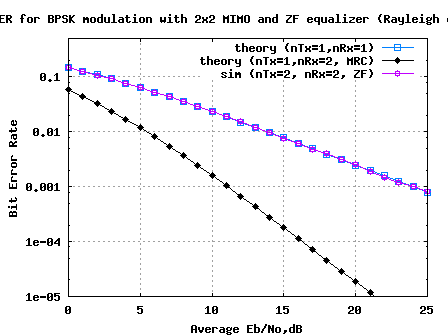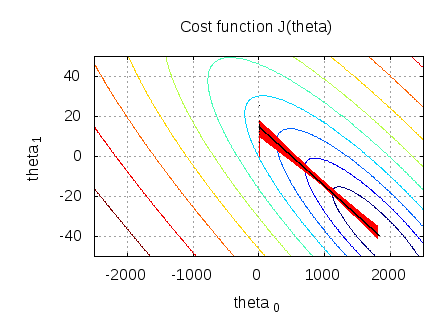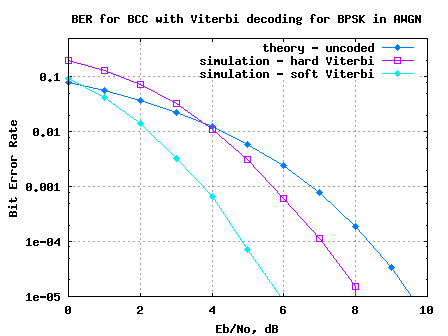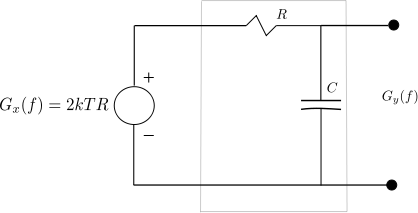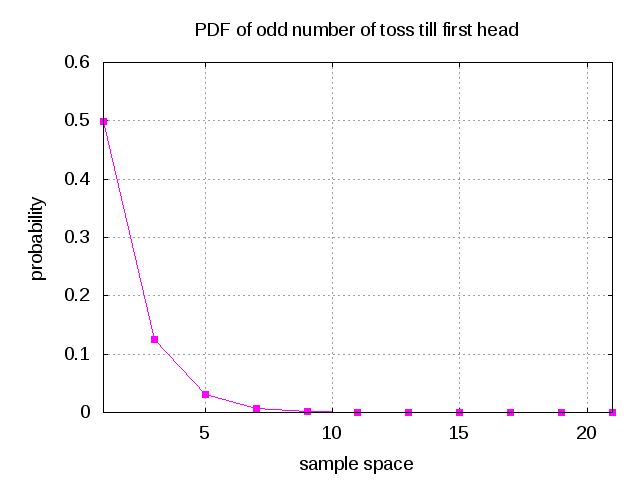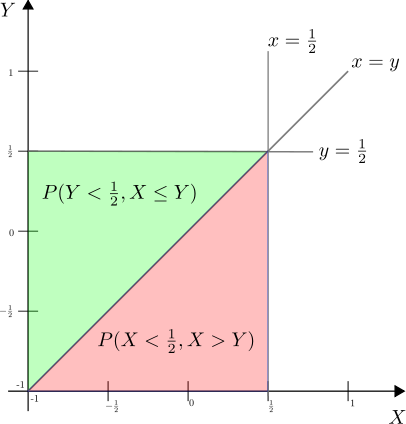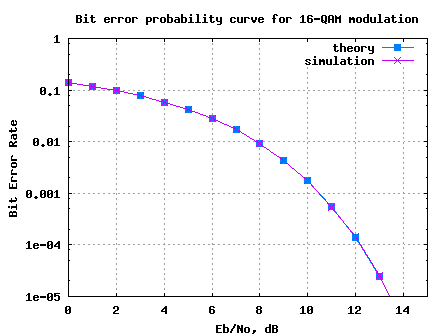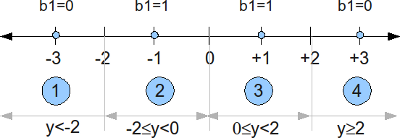OT: Prof. Randy Pausch’s lecture in Oprah show
In the past, I have wondered about discussing personal thoughts in this blog. The answer in my mind was NO and I ve been focusing only on technical topics till date. However, there is a change of mind, thanks to my friend Manoj. Thanks to him, I happened to see Prof. Randy Pausch’s brief 10…


